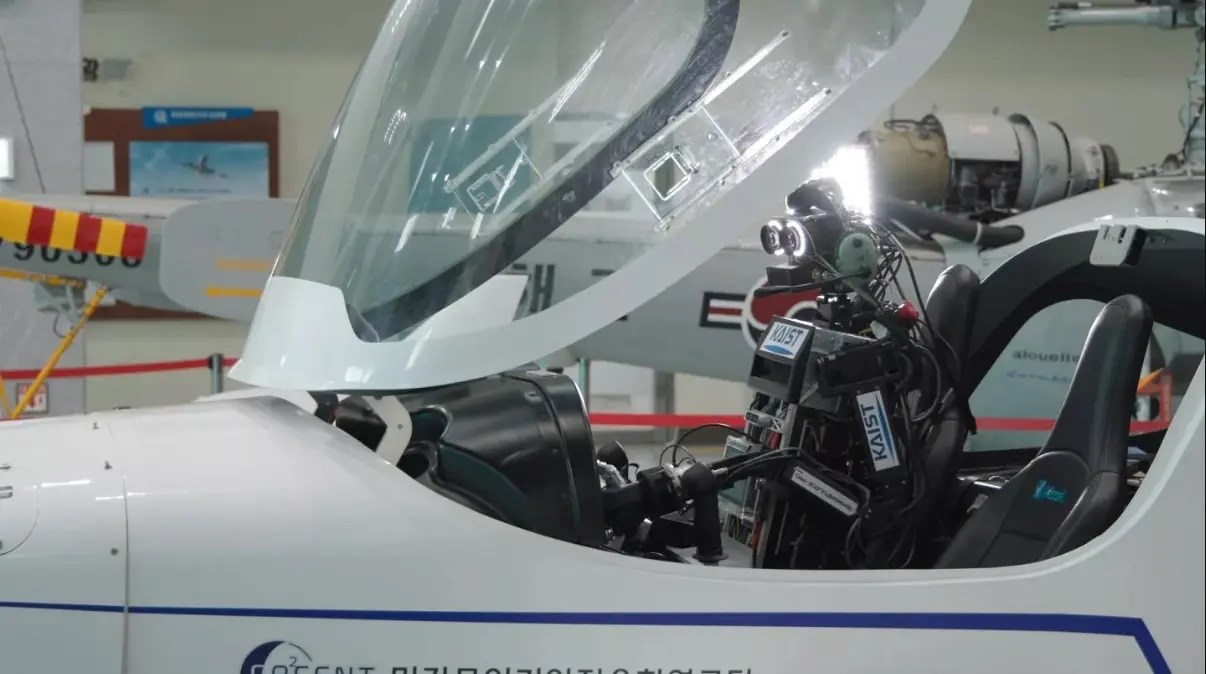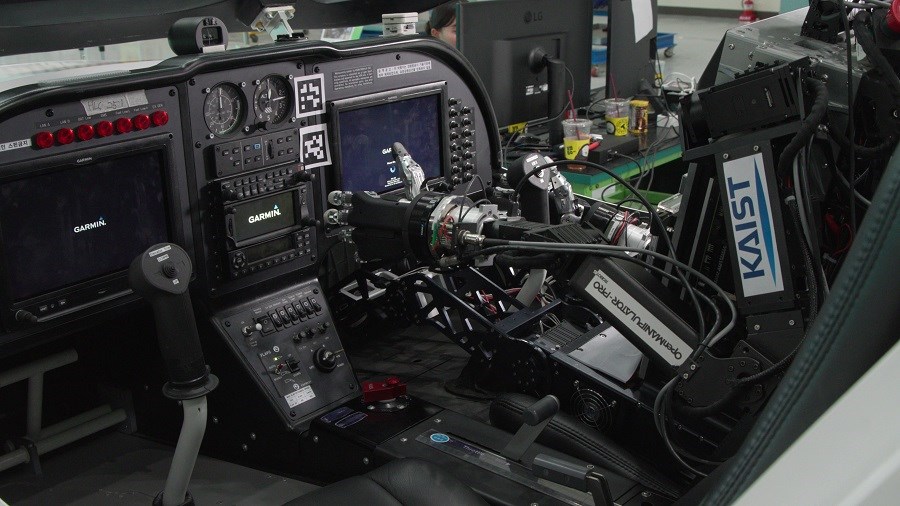 The aviation of the future will apparently be shaped in the hands of autonomous systems. A group of researchers has developed the world’s first humanoid robot pilot. The robot, called PIBOT, sits in the pilot’s seat and can use its hands for buttons in the cockpit. The robot also uses artificial intelligence technology to remember flight charts and emergency protocols.
The aviation of the future will apparently be shaped in the hands of autonomous systems. A group of researchers has developed the world’s first humanoid robot pilot. The robot, called PIBOT, sits in the pilot’s seat and can use its hands for buttons in the cockpit. The robot also uses artificial intelligence technology to remember flight charts and emergency protocols.World’s first humanoid robot pilot
In the past years, many robot pilots have been developed. In 2016, DARPA’s ALIAS system accompanied the human pilot as he performed some basic flight maneuvers. In 2017, ALIAS landed a Boeing 737 using a simulator. Not long after this success, RE2 Robotics was commissioned by the US Air Force to develop the robotic system CARNAC, designed to fly an unmodified aircraft. Then, in 2019, ROBOpilot made its first two-hour flight, a major success.
 The most important difference between these robot pilots and the robot developed by researchers at the Korea Advanced Institute of Science and Technology (KAIST) is that PIBOT uses artificial intelligence technology and is humanoid. David Hyunchul Shim, who leads the PIBOT project, said in a statement, “Humanoid robots do not require modification of existing aircraft and can be immediately applied to automated flights. Therefore, they are extremely applicable and practical.” said.
The most important difference between these robot pilots and the robot developed by researchers at the Korea Advanced Institute of Science and Technology (KAIST) is that PIBOT uses artificial intelligence technology and is humanoid. David Hyunchul Shim, who leads the PIBOT project, said in a statement, “Humanoid robots do not require modification of existing aircraft and can be immediately applied to automated flights. Therefore, they are extremely applicable and practical.” said.The researchers say that in addition to being physically designed to sit in the pilot’s seat, using ChatGPT technology gives PIBOT a distinct advantage. In this way, PIBOT can remember all Jeppesen aviation navigation maps. Moreover, the robot has also memorized the Quick Reference Handbook (QRH), which contains all the procedures applicable to abnormal and emergency situations such as loss of electrical power or system malfunctions. It is stated that these capabilities allow the PIBOT to fly error-free and respond to various situations faster than human pilots.
The researchers have only tested the PIBOT and its capabilities in simulations for now, but the researchers plan to test the robot in a real-life airplane soon. Due to its structure, PIBOT can be used not only in civil aviation but also in the military field. The project is expected to be completed by 2026, by which time the researchers plan to commercialize PIBOT for both military and civilian use.